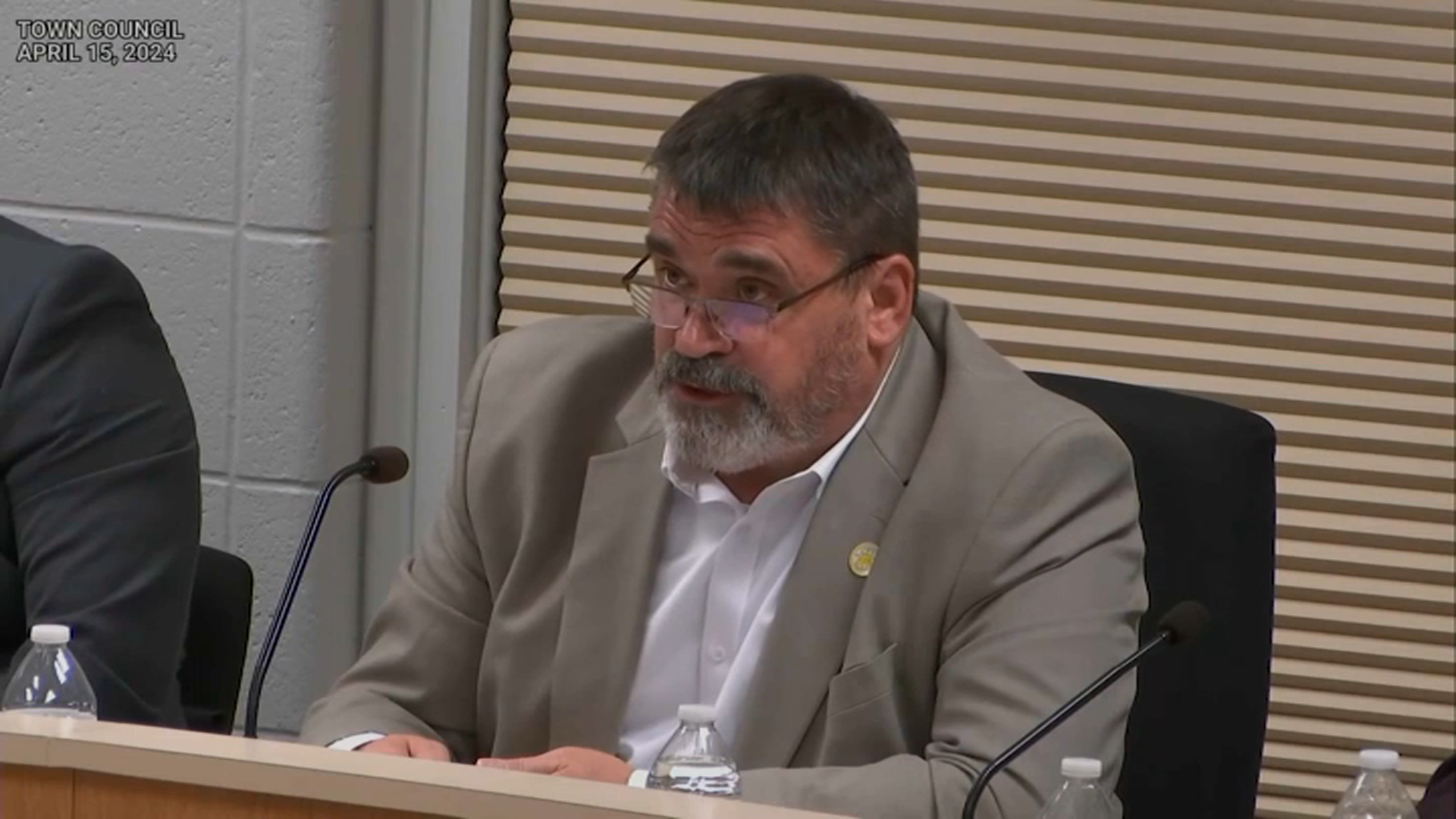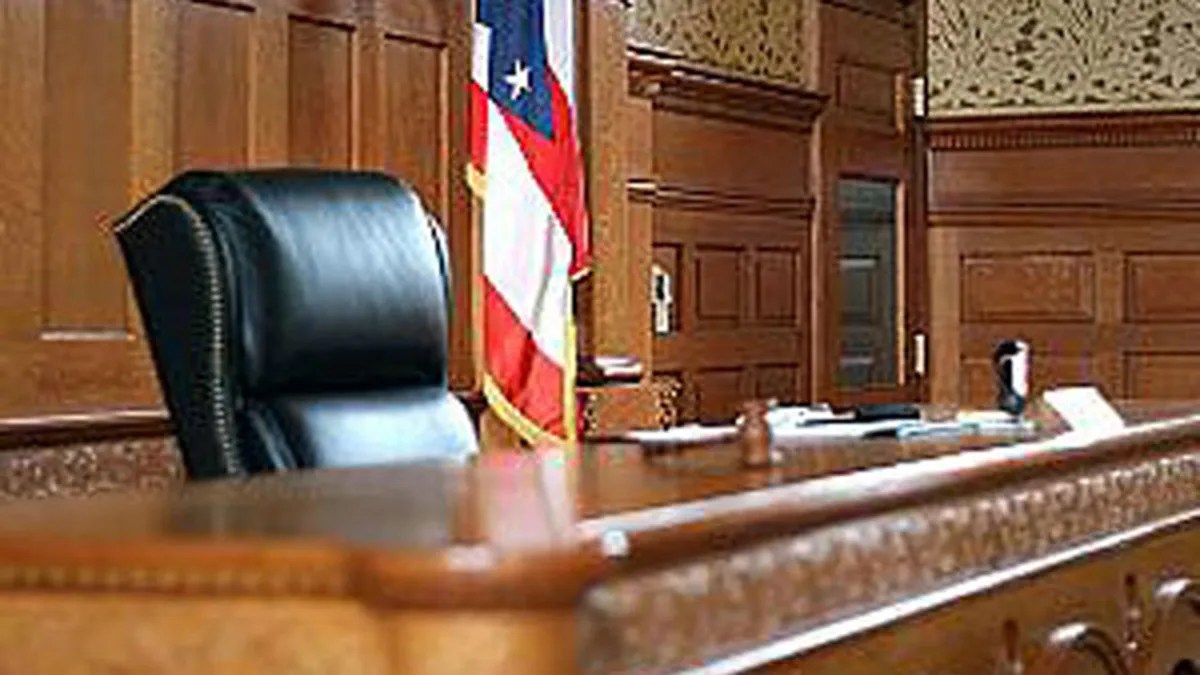The number of New York drivers arrested for drug-impaired driving is on the rise, but prosecutors say a flaw in the law is making it hard to prosecute many of the offenders.
According to the Institute for Traffic Safety Management, from 2007 to 2011, drugged driving arrests went up nearly 20 percent in the state, from 3,310 to 3,970, while drunk driving arrests went down 15 percent, from 45,829 to 39,164.
But Nassau County District Attorney Kathleen Rice says the list of drugs included in the law is outdated, making it difficult to prosecute defenders.
“If the drug impairing the driver is not on the list which is built into the statute, then prosecutors can't charge a driver with impaired driving," she told NBC 4 New York.
Local
While that list, which is in the public health code and is several pages long, can be updated, it doesn't include what prosecutors say are some of the most popular illegal drugs today: certain bath salts, synthetic pot and propellants from spray cans.
The I-Team learned of one case where a driver was pulled over by Nassau County police for driving erratically and not being able to stay in a lane. An officer observed that she appeared to be impaired and she even admitted to using bath salts before getting behind the wheel.
But she wasn’t charged with impaired driving because the type of drug she used was not on the list. She walked away with a reckless driving summons, prosecutors said.
The list is just one obstacle. Another, according to Rice, is that authorities have to name the drug in order to prosecute impairment.
In 2007, Jeffrey Moss plowed his white Range Rover into a line of cars waiting at a light on Glen Cove Road in Brookville. The impact crushed Sjef van den Berg's station wagon, killing his 60-year-old wife and breaking his spine.
But when Nassau police tested Moss’s blood for the seven most popular categories of drugs, tests came back negative.
“Even though you could see something was wrong with him, we couldn't name the drug he was on,” said Maureen McCormick, chief of Vehicular Crimes at the Nassau District Attorney’s Office. “It was until we got whispered in our ear that he previously received an emergency call to his house for a possible overdose, that we learned he was a GHB user.”
Once authorities could name the drug, they were able to test for it and charge him with drugged driving and manslaughter. He pleaded guilty and was sentenced to two to six years in prison.
“He came that close to walking away for killing that woman,” said McCormick.
Moss’s lawyer, Stephen Scaring of Garden City, declined comment on that case. But in general, he said it is important to use caution when adding drugs to the drug list.
While drugs become popular quickly, research on them and how they affect people’s ability to drive takes much longer, he said. If drugs are added to the list before they are researched, there is potential for people who are taking drugs, legal or illegal, to be prosecuted criminally for using drugs even when their driving is not impaired by, Scaring said. That potential increases when the accident is serious and heart-wrenching, and there is pressure on prosecutors to get a conviction, he said.
Drugged driving has become so prevalent in New York that police departments like Suffolk and Nassau counties are training officers to detect impairment at police checkpoints.
“It’s based solely on an officer’s observations,” said Lt. James Panarello, a drug recognition expert for Nassau County police.
Drunk drivers are said to be easier to detect and arrest because police can use breath tests, but that's not the case with drugs. They must look for other signs.
“Certain drugs will dilate your pupils, some will constrict your pupils, some will cause your eyelids to flicker when you tilt your head back, some will affect your temperature," Panarello said.
Rice supports legislation that would do away with the list of drugs that police must use and focus instead on the impairment. She is also planning to institute a pilot program in Nassau where drivers can voluntarily submit to a saliva test that helps police identify the drug that a driver might be on.



